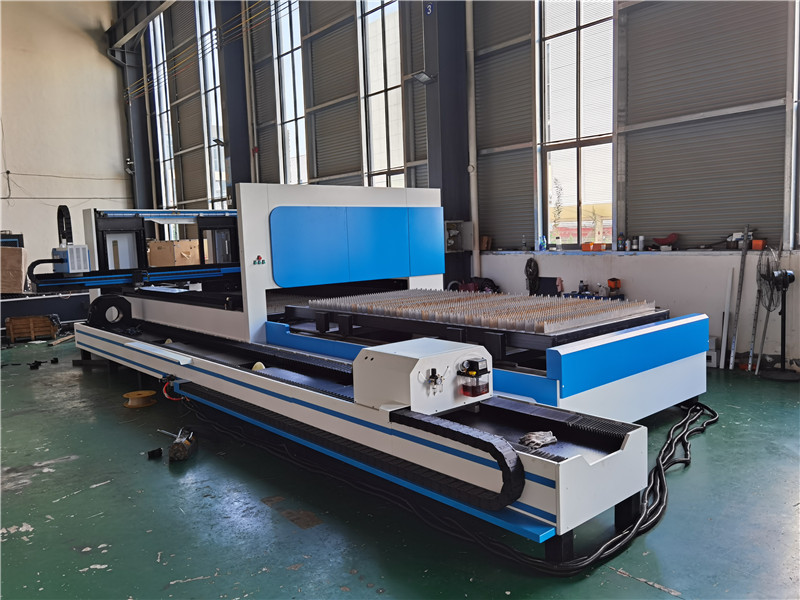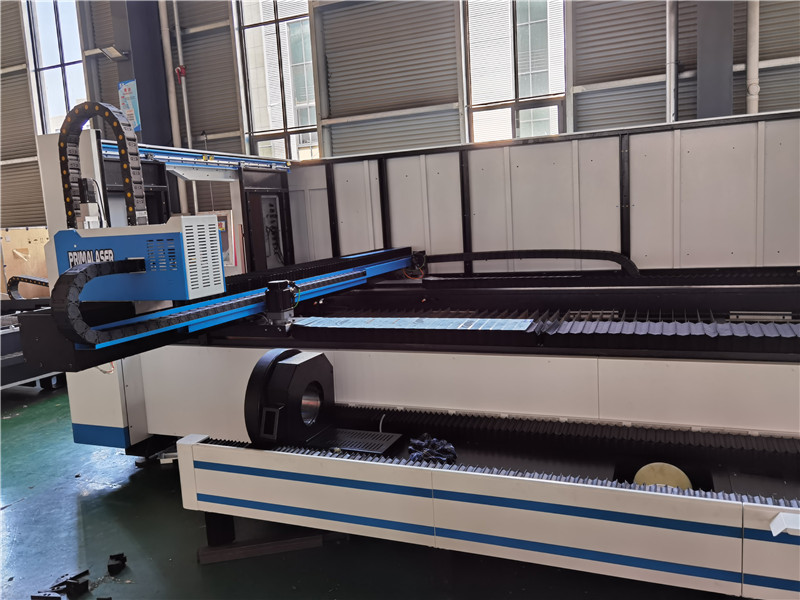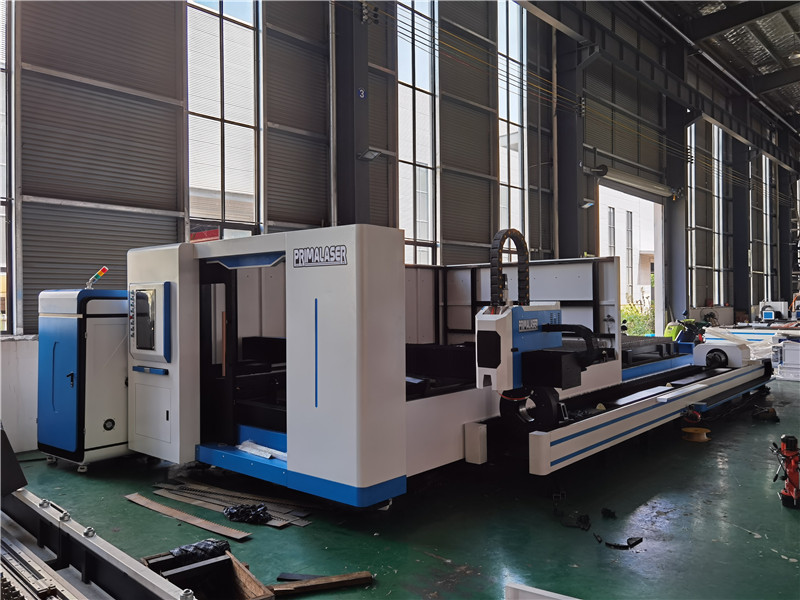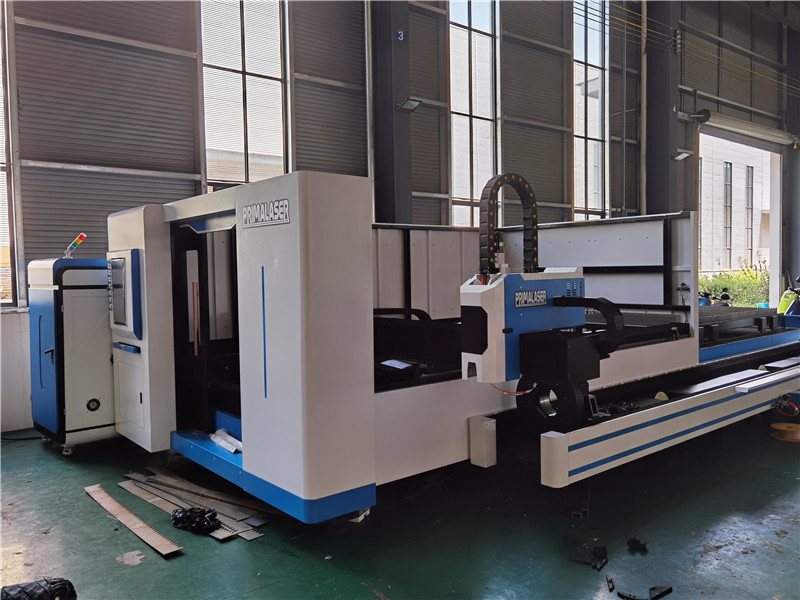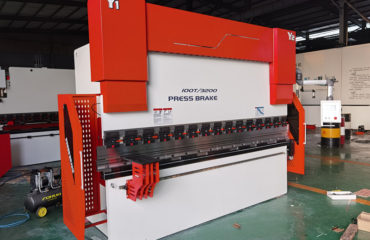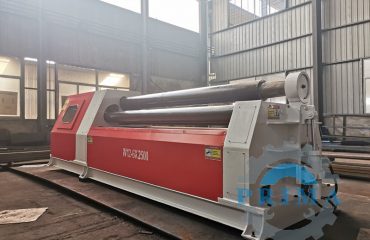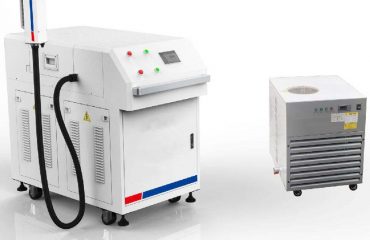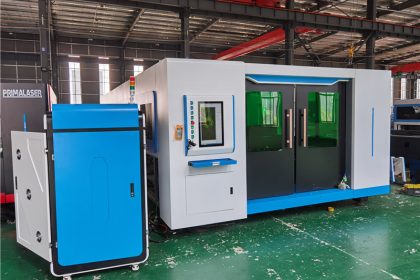
How to choose the auxiliary gas and gas pressure of the metal fiber laser cutting machine
There are three auxiliary gases for metal fiber laser cutting machines: air, nitrogen, and oxygen. Different auxiliary gases are used to cut different materials.
- Compressed air
Air is suitable for cutting aluminum, non-metal and galvanized steel sheets, and to a certain extent, it can reduce the oxide film and save costs. Generally used when the board is relatively thin and does not require high cutting surface. In some industries such as sheet metal chassis, cabinets, cabinets, etc., compressed air is used more.
- Nitrogen
Nitrogen is an inert gas, which can prevent oxidation of the cut end surface of the product during cutting and prevent combustion (which is easy to happen when the sheet is thick). Nitrogen can be selected for products that require high cutting end faces and are exposed and do not need to be processed, such as some decoration industries and special aerospace parts.
- Oxygen
Oxygen mainly plays a role in supporting combustion, which can increase the cutting speed and increase the thickness of the cut. Oxygen is suitable for thick plate cutting, high-speed cutting and very thin plate cutting. Oxygen is often used in the cutting of some larger carbon steel plates and thicker carbon steel structures.
The auxiliary gas can not only blow away the molten slag in time when the metal fiber laser cutting machine is running, but also cool the workpiece and clean the lens. In our operation, we should choose the appropriate auxiliary gas according to the cutting material and thickness.
Selection of gas and pressure for fiber laser cutting
When the fiber metal fiber laser cutting machine cuts, according to the material of the cut sheet, different cutting gases are selected. The choice of gas and pressure has a great influence on the quality of fiber metal fiber laser cutting machine. To
The influence of cutting gas and pressure on cutting quality
1) The cutting gas helps to dissipate heat and support combustion, blow away the melting stains, and obtain a better quality cut section.
2) When the pressure of the cutting gas is insufficient, the cutting quality will be affected as follows: melting stains are generated during cutting, and the cutting speed cannot be satisfied, which affects production efficiency.
3) When the pressure of the cutting gas is too high, it will affect the cutting quality: the cutting surface is rough and the slit is wide; at the same time, it will cause partial melting of the cut section and fail to form a good cut section.
The influence of cutting gas pressure on perforation
1) When the gas pressure is too low, the laser will not easily penetrate the cut sheet, and the punching time will increase, resulting in low productivity.
2) When the gas pressure is too high, the penetration point will melt, forming a larger melting point, which will affect the cutting quality.
3) In laser drilling, a higher gas pressure is generally used for punching thin plates, while a specific punching method is used for punching thick plates to eliminate the disadvantages of low air pressure to the protection of the lens.
4) When the metal fiber laser cutting machine cuts ordinary carbon steel, the thicker the material, the lower the pressure of the cutting gas. When cutting stainless steel, the cutting gas pressure increases relatively with the thickness of the material. In short, the selection of cutting gas and pressure during laser cutting must be adjusted according to actual conditions during cutting, and different cutting parameters should be selected according to specific conditions in specific applications.
